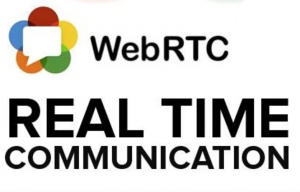 What is Real-Time Communication?
What is Real-Time Communication?
Simple, one example is enough to explain.
An email is NON real-time communication, a phone call is real-time communication
By definition, real-time communication is any form of telecommunication through which all users are able to exchange information instantaneously or with negligible latency. Real-time is also synonymous with Live.
But in the Telecommunications world, what is Real-Time communication (RTC)?
By now we all use online chat or video-calling, thanks to instruments which had a very clear vision of where the future of communication was headed. (I am thinking of Skype which was created by 3 Estonian kids, Jaan Tallinn, Ahti Heinla and Priit Kasesalu, before being purchased by Microsoft).
Today we have taken another step forward.
Today Real-Time Communication is integrated in browsers. It is no longer necessary to download software components – with all the associated complications – signing up, filling in required data and above all inviting the person we wish to communicate with and waiting for him or her to accept our request.
The browser opens peer-to-peer sessions and there the communication is truly real-time.
Real-time communication (or RTC) is therefore the new means of integrated communication, based on the standard WebRTC, which utilizes components such as HTML5 or JavaScript, the iLBC audio codec and the VP8 video codec.
It is adopted by most Browsers and makes it possible for users to exchange data (multimedia and audio) in real time. Many companies which produce communication systems are talking about integrating WebRTC in their solutions, to accelerate VoIP communication but above all to offer features which are increasingly more and more appealing. It is unfortunate that, on the market, few Full WebRTC solutions are available. One of these is Wildix.